Sign up for The Wild
We’ll help you find the best places to hike, bike and run, as well as the perfect silent spots for meditation and yoga.
You may occasionally receive promotional content from the Los Angeles Times.

Overtourism, like pornography, may be difficult to define, but you’ll probably know it when you encounter it.
Around the globe, increasing numbers of travelers, residents and government agencies are having to cope with crowds. In well-trampled destinations such as Amsterdam; Barcelona, Spain; Big Sur; Machu Picchu, Peru; Mt. Everest and beyond, so many alarms are sounding about tourist hordes, physical damage and occasional danger that travelers are starting to think twice about places that once dominated their daydreams.
Here are 10 popular global destinations — some natural marvels, others cultural ones — that might need rethinking if you were figuring them into your plans. That doesn’t mean you have to stay away. But if you seek an uncrowded visit, you may want to avoid summer weekends (you, Yosemite Valley) or those days when too many cruise ships are in port (you, Dubrovnik, Croatia).
There’s little science behind this list, because the concept of overtourism is an awkward marriage of objective and subjective measures.
But the big picture is clear. The more adept we earthlings become at communication and transportation, the faster we fill up the places we like best until, perhaps, we break them. From 1950 to 2017, worldwide international arrivals grew from 25 million to 1.3 billion, the World Tourism Organization reports. The prediction for 2030: 1.8 billion.
There are no easy answers, and the landscape is constantly shifting as destinations experiment with tourist taxes, capacity limits and outright bans. In the case of many popular spots, you can find alternatives nearby. Many handsome Croatian coastal towns, for instance, haven’t been targeted by the cruise lines or served as “Games of Thrones” filming locations as Dubrovnik has. A website called Avoid Crowds (avoid-crowds.com) helps you dodge the hordes. You can check port and cruise-ship schedules at CruiseMapper (cruisemapper.com).
Finally, if you end up someplace crowded, never underestimate the value of getting up early. Here then, the list. If you disagree or think we’ve missed something important, write to travel@latimes.com.
For years, the ruins of Angkor Archaeological Park in Siem Reap province got busier and busier, raising worries about damage. Some of the buildings date back 1,200 years.
In 1992, UNESCO officials put the site on a “danger” list, removing it in 2004. The World Monument Fund stepped in with conservation support. On Phnom Bakheng hill near the Angkor complex — popular at sunset — authorities set a limit of 300 people at a time.
The tourist tide may be turning; in September, the Phnom Penh Post reported that although Cambodian tourism as a whole continues to increase, visitor traffic at the archaeological park is slowing.

In a country with thousands of islands, Boracay may be the best known — and most notorious — for tourism. The island’s beaches and resorts grew so crowded and polluted that President Rodrigo Duterte declared the island “a cesspool” and shut it down for six months in 2018, then reopened it with a limit of 6,405 visitor arrivals per day and tighter regulation of lodgings.
In 2019, authorities banned port calls by cruise ships with more than 2,000 passengers and banned the ships entirely during peak days. Many tourists have returned (mostly from China, South Korea and the U.S.) amid reports of cleaner beaches. Federal and island officials say they have set Boracay’s carrying capacity (counting residents, tourists and workers) at 55,000 people at a time on the 4-square-mile island.
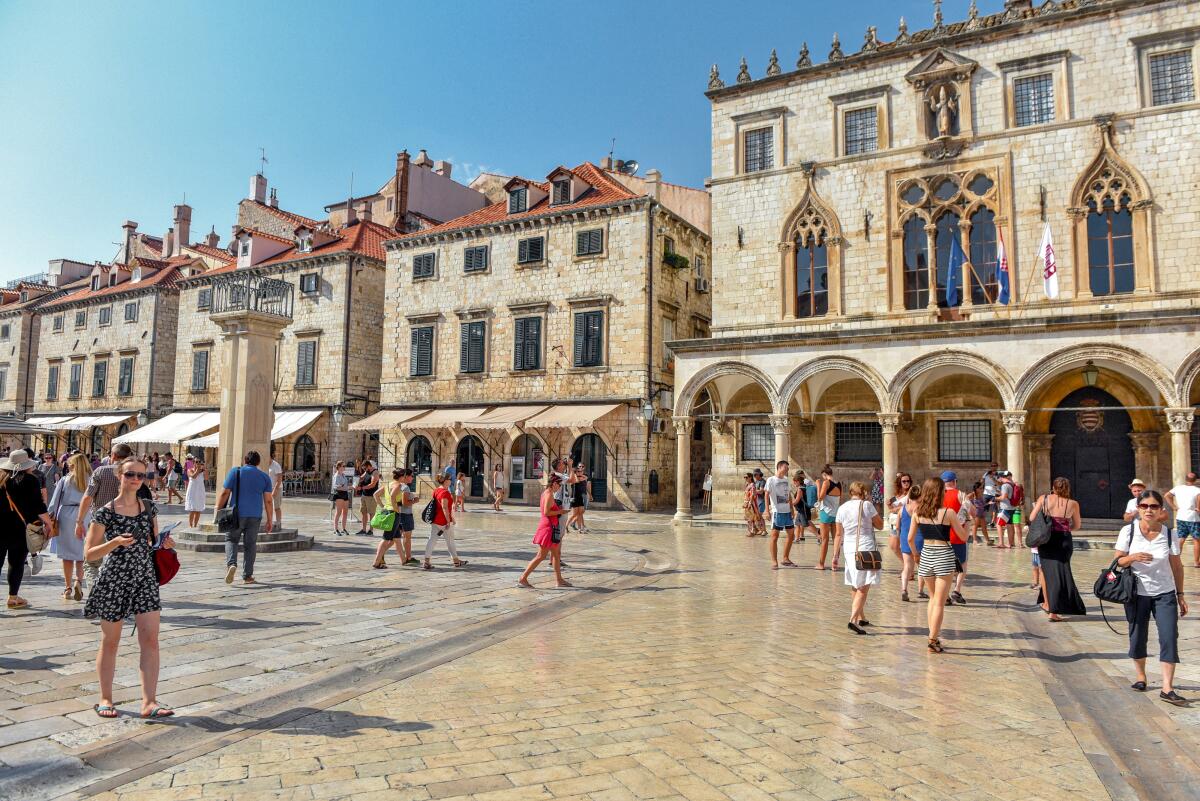
The handsome red roofs and narrow alleys of Dubrovnik’s Old Town are irresistible, which is why you’ve seen them in “Game of Thrones” and on cruise company brochures. But a flood of cruise ship visitors in recent years has nearly drowned the place.
Local leaders now have set limits. Beginning in early 2019, no more than two ships per day on average have been permitted to dock (most visit between March and November), and daily passenger totals are capped at 5,000. Local authorities have also reduced the number of permitted souvenir stalls and sidewalk restaurant seats.
Beginning in 2021, a new tax on arriving cruise ships takes effect, with revenues to be spent on improving the city’s infrastructure.
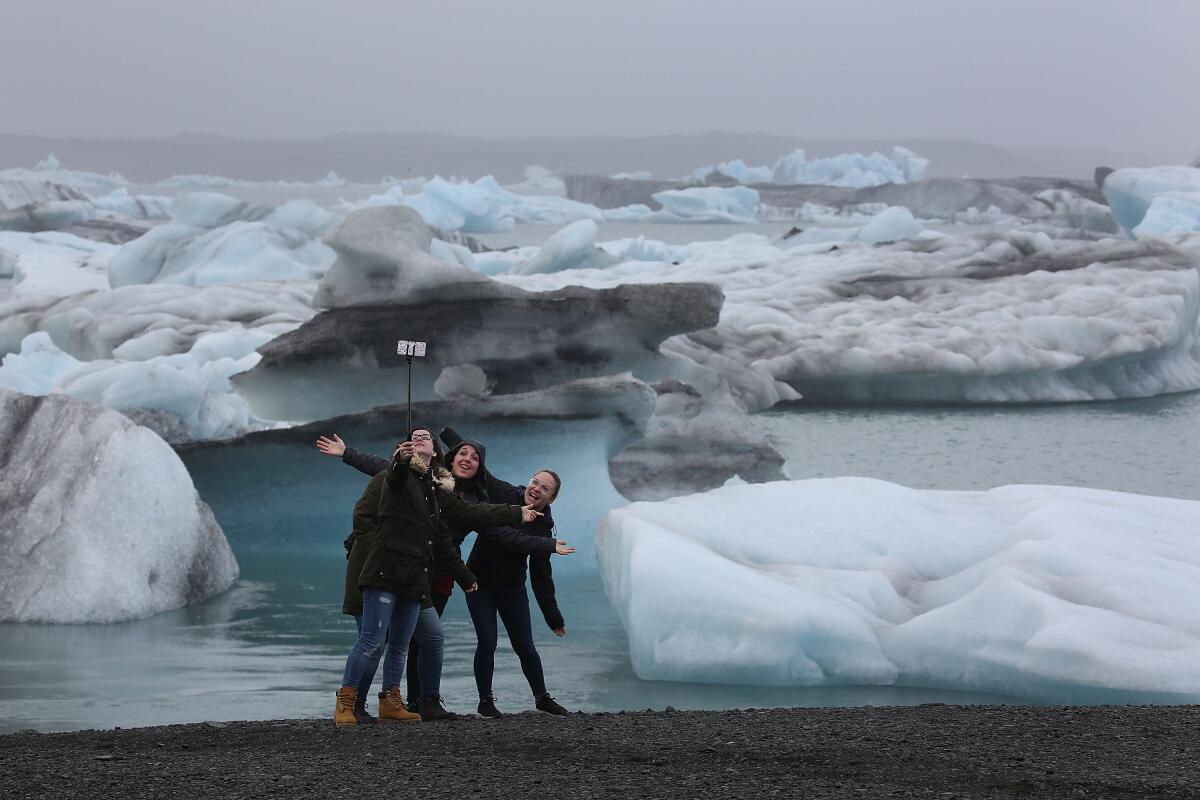
Has Iceland’s peak come and gone? Possibly. The land of dramatic landscapes and scant population (360,000)enjoyed (and suffered) a remarkable tourist boom from 2014 to 2018 (2.3 million in ‘18) as foreigners zoomed in to soak in the Blue Lagoon and ogle green mountains and canyons whose names they could not pronounce.
In the last year, many travelers have turned away. In the year that ended Oct. 31, foreign tourism was down 12.6%; visits by Americans were down nearly 30%.
Fjadrargljufur Canyon in the south of Iceland, made globally famous by Justin Bieber’s 2015 “I’ll Show You” video (456 million views and counting), was closed and reopened twice in 2018-19 as authorities struggled to cope with damage caused by hikers and weather, but the Icelandic Tourist Board reports that it has been open since June. If you were worried about competing with growing hordes in Iceland for summer 2020, think this one over.
Contrary to earlier reports, visitors may be able to see komodo dragons in their native habitat this year, but the price may be steep and growing visitor numbers may be severely curtailed.
Several times in early 2019, Indonesian officials said Komodo Island, one of three islands that make up Komodo National Park, would close for 2020 because of overtourism. (Park attendance had quadrupled in the last decade, reaching 176,000 in 2018.) But in October, looking to reduce tourist traffic while preserving revenue, the government shifted gears.
Now Indonesian officials say they’re considering a plan to charge up to $1,000 per person for a park “membership” that would be required in order to visit. (Park officials did not respond to a request for clarification.) The island is known for sandy beaches and prime snorkeling and diving, besides housing nearly 2,000 fork-tongued “dragons,” up to 10 feet long.
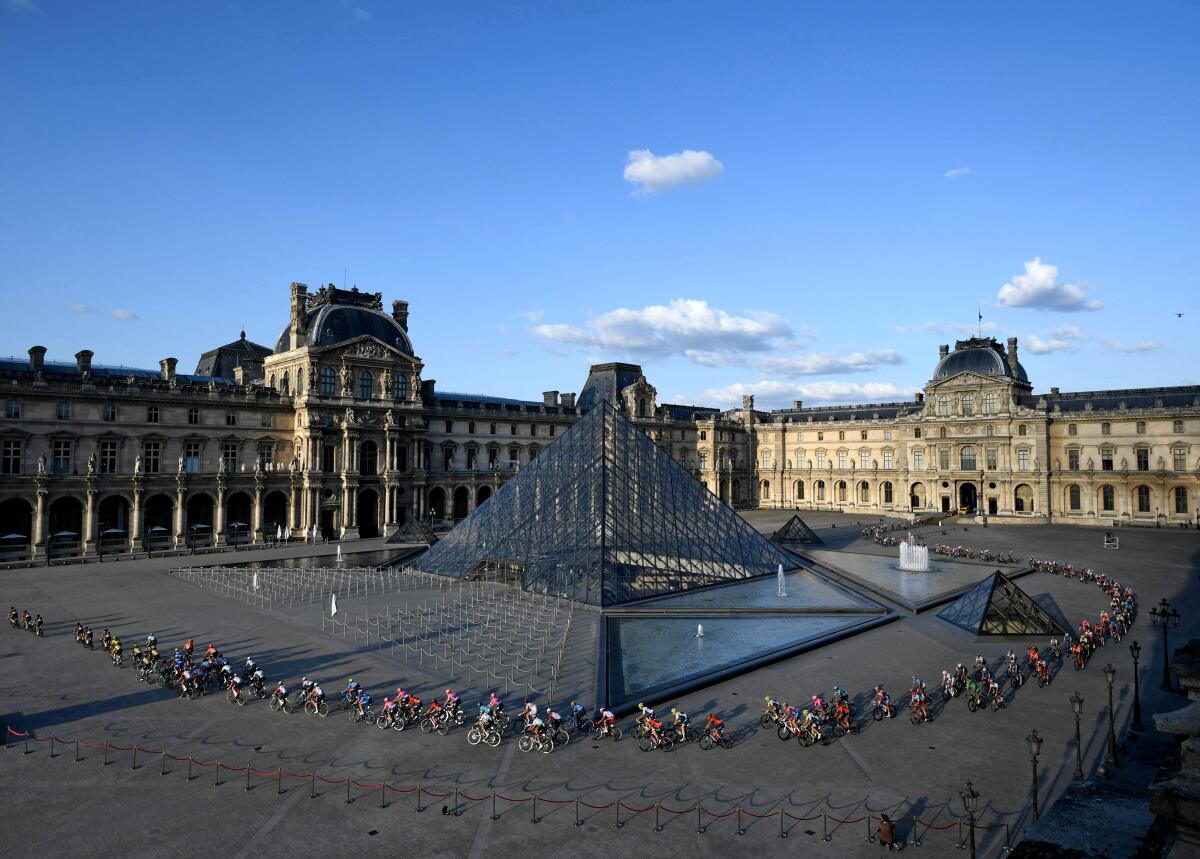
Tourism traditionalists howled in 2019, when the Louvre temporarily moved its most-sought painting, Leonardo da Vinci’s “Mona Lisa,” to a different room, causing museum-goer traffic jams even worse than usual. Since then, the painting has returned to its place, and the museum has updated the portrait’s display in the Salle des Etats, through which most of the museum’s 30,000 daily visitors pass. The security-conscious museum keeps the painting behind glass and set back several feet from visitors. Many leave disappointed by the experience.
This lively mix of cities, islands, regions and nations looks especially tempting in the year ahead.
Museum officials have said they would consider new timed-ticket strategies or floor plans. But New York Times art critic Jason Farago, who calls “Mona Lisa” “the Kim Kardashian of 16th century Italian portraiture,” has called for the Louvre to move the painting to another site, because of the congestion it creates for anyone who wants to see anything else.
Until the next big change, art lovers can consider two other options. One: Dodge that room and focus on the museum’s 35,000 other works on display. Two: Spend twice as much time with the Impressionists at the Musée d’Orsay.

This island, largest in the Balearic Archipelago, has been a pillar of the Spanish tourism industry for decades and has become an increasingly popular destination for big cruise ships. Many of the visitors are British, and much of the action happens in Palma de Mallorca, the island’s main city. In the summer of 2018, local groups staged protests asking tourists to go home.
The summer of 2019 didn’t bring as many headlines, but a recent European think-tank study ranked Mallorca, Barcelona, Spain, and Venice, Italy, as the European ports whose air is most polluted by cruise ships. Local leaders now speak frankly of how they need stricter cruise ship regulation.
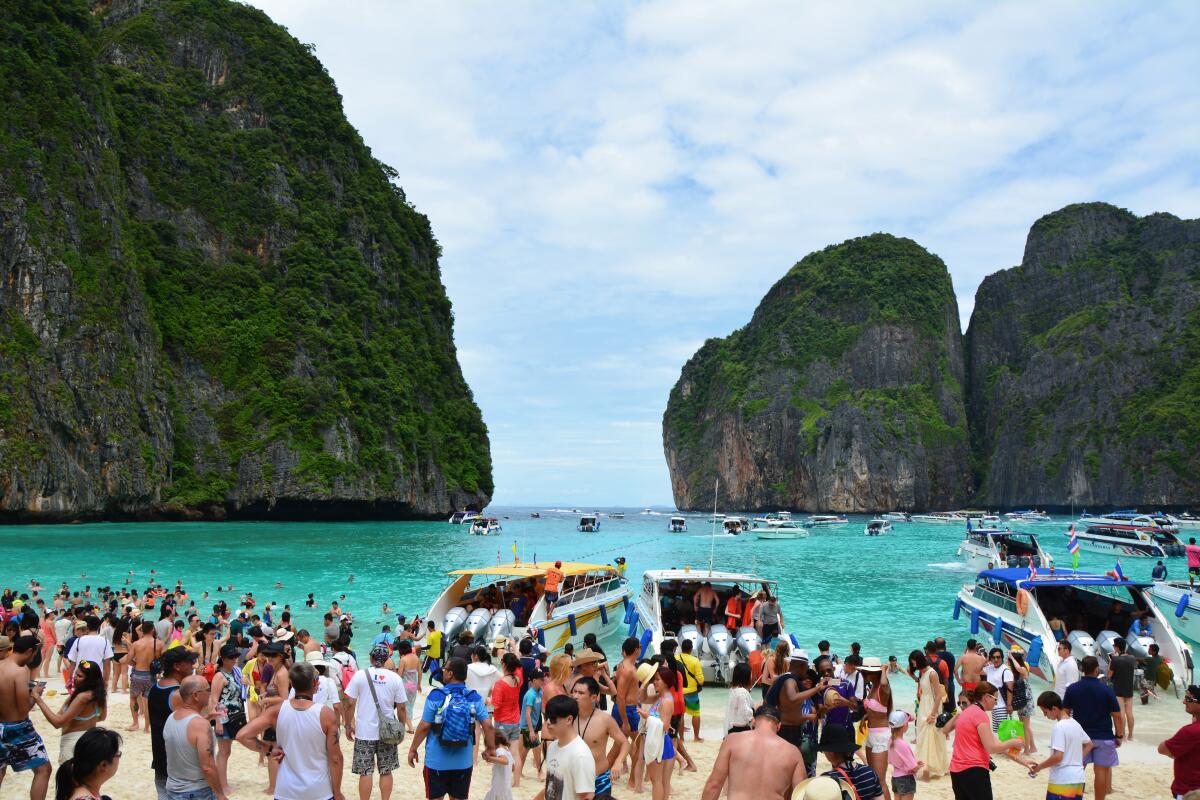
Maya Bay, on the tiny island of Ko Phi Phi Le (or Leh), might be Thailand’s best-known beach. Its first global exposure occurred when it co-starred with Leonardo DiCaprio in “The Beach” (2000). Then came the Instagram era and crowds so large and damaging that the government decided to shut it.
Thai officials, who have faced similar messes on other islands, closed the beach temporarily in 2018, then extended the measure, saying damage was extreme. Officials now say the beach won’t open until mid-2021.
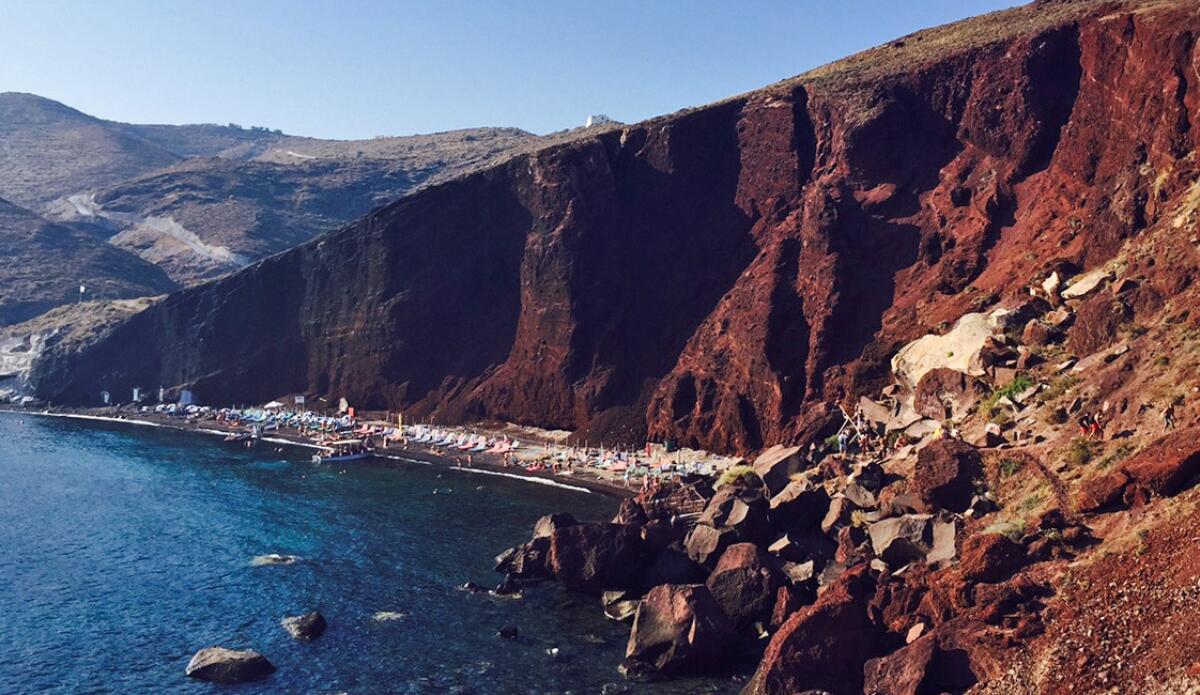
Tourism to Greece doubled from 2010 to 2018, and scenic islands such as Crete, Corfu, Rhodes and Mykonos are now perilously crowded in summer.
Most embattled may be Santorini (a.k.a. Thera). Beginning in 2019, the island, about 30 square miles, capped cruise ship visitors at 8,000 per day. But locals remained worried about tourism’s effects on the steep-sloped island.
Authorities, citing the strain on donkeys carrying tourists uphill from the water’s edge, set a new donkey-rider weight limit of 220 pounds.
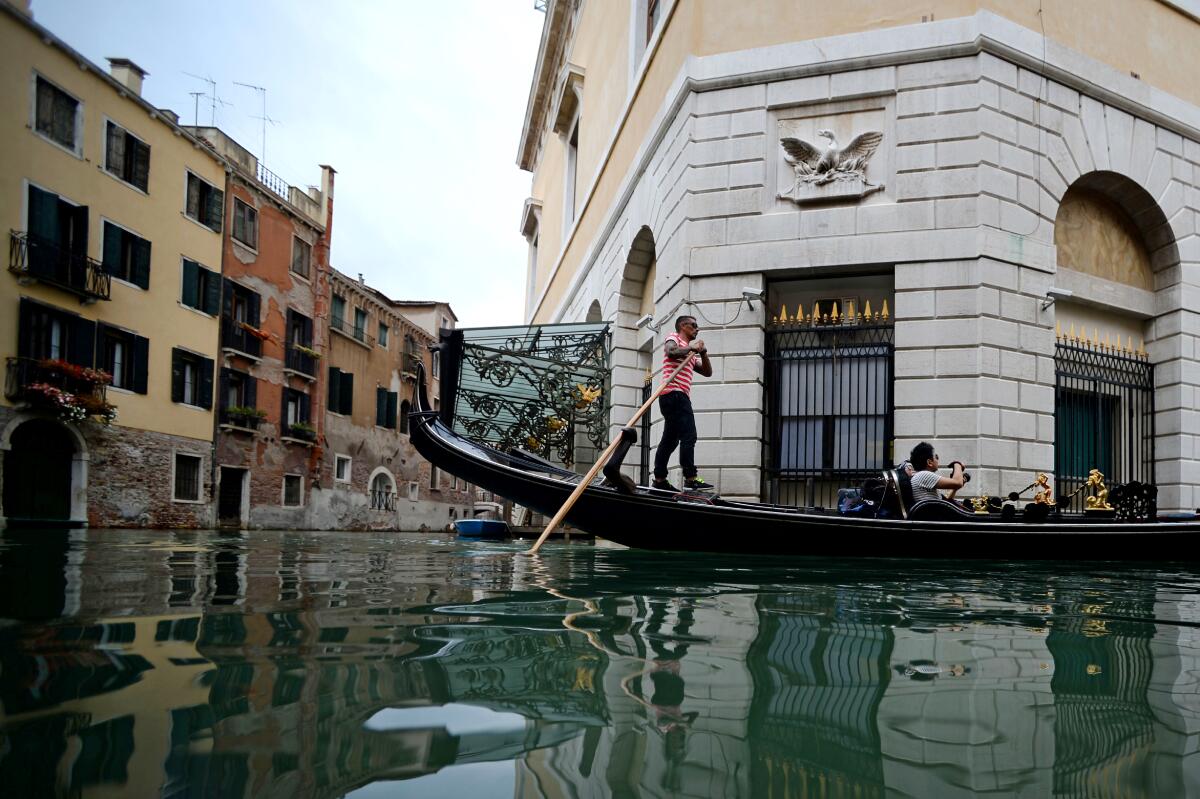
This jewel of a city has two big problems. One is overtourism, driven by cruise ships that send their passengers flooding into St. Mark’s Square. The other is the sea, as the city slowly sinks amid recently severe weather, including November storms that brought the city’s worst flooding in at least 50 years. Damage was estimated at more than $1 billion.
Both problems have been building for years, and on most days, Venetians are dramatically outnumbered by visitors.
In August, government officials redirected the largest cruise ships from the city’s core to other docks within Venice’s Lagoon. Starting in summer 2020, city officials say they will impose a tourist tax of $3 to $10 per day, depending on the season.
Sign up for The Wild
We’ll help you find the best places to hike, bike and run, as well as the perfect silent spots for meditation and yoga.
You may occasionally receive promotional content from the Los Angeles Times.